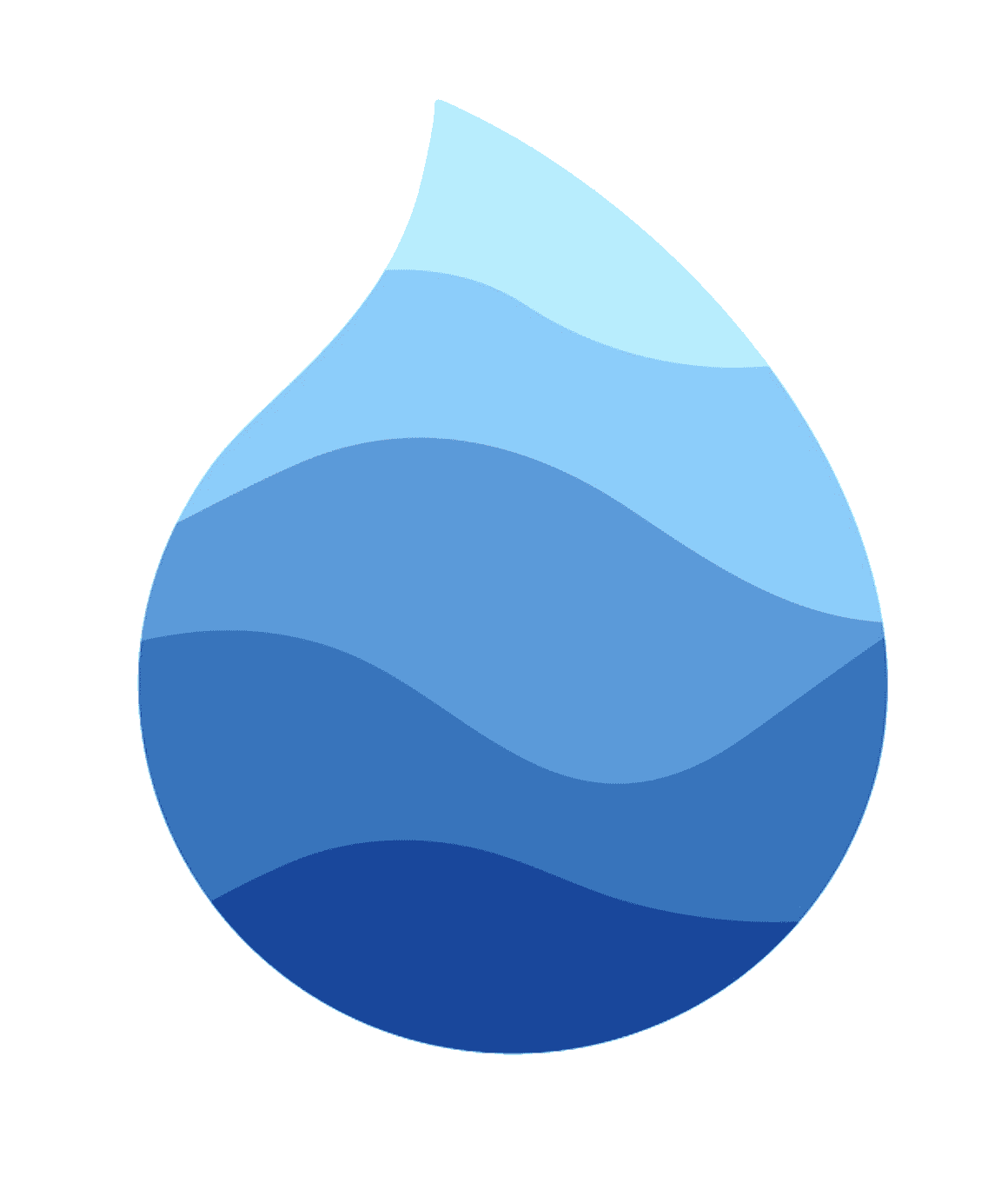Router
- Introduction
- Basics
- Features
## Introduction
Routes help us navigate users to pages in our app.
You can add routes inside the lib/routers/router.dart file.
appRouter() => nyRoutes((router) {
...
router.route(SettingsPage.path, (context) => SettingsPage());
// add more routes
// router.route(HomePage.path, (context) => HomePage());
});
You can create your routes manually or use the Metro CLI tool to create them for you.
Here's an example of creating an 'account' page using Metro.
# Run this command in your terminal
dart run nylo_framework:main make:page account_page
// Adds your new route automatically to /lib/routes/router.dart
appRouter() => nyRoutes((router) {
...
router.route(AccountPage.path, (context) => AccountPage());
});
You may also need to pass data from one view to another. In Nylo, that’s possible using the NyStatefulWidget. We’ll dive deeper into this to explain how it works.
Adding routes
This is the easiest way to add new routes to your project.
Run the below command to create a new page.
dart run nylo_framework:main make:page profile_page
After running the above, it will create a new Widget named ProfilePage and add it to your resources/pages/ directory.
It will also add the new route to your lib/routes/router.dart file.
File: /lib/routes/router.dart
appRouter() => nyRoutes((router) {
...
router.route(HomePage.path, (context) => HomePage(), initialRoute: true);
// My new route
router.route(ProfilePage.path, (context) => ProfilePage());
});
Navigating to pages
You can navigate to new pages using the routeTo helper, like in the example below.
void _pressedSettings() {
routeTo(SettingsPage.path);
}
Multiple routers
If your routes/router.dart file is getting big, or you need to separate your routes, you can. First, define your routes in a new file like the below example.
Example new routes file: /lib/routes/dashboard_router.dart
NyRouter dashboardRouter() => nyRoutes((router) {
// example dashboard routes
router.route(AccountPage.path, (context) => AccountPage());
router.route(NotificationsPage.path, (context) => NotificationsPage());
});
Then, open /lib/app/providers/route_provider.dart and add the new router.
import 'package:flutter_app/routes/router.dart';
import 'package:flutter_app/routes/dashboard_router.dart';
import 'package:nylo_framework/nylo_framework.dart';
class RouteProvider implements NyProvider {
boot(Nylo nylo) async {
nylo.addRouter(appRouter());
nylo.addRouter(dashboardRouter()); // new routes
return nylo;
}
}
...
Initial route
In your routers, you can set a page to be the initial route by passing the initialRoute parameter to the route you want to use.
Once you've set the initial route, it will be the first page that loads when you open the app.
appRouter() => nyRoutes((router) {
router.route(HomePage.path, (_) => HomePage());
router.route(SettingsPage.path, (_) => SettingsPage());
router.route(ProfilePage.path, (_) => ProfilePage(), initialRoute: true);
// new initial route
});
Or like this
appRouter() => nyRoutes((router) {
...
router.route(HomePage.path, (_) => HomePage()).initialRoute();
});
Route guards
In Nylo, you can set guards on your routes.
This will allow or prevent a user from accessing a page.
Here's an example below:
Your project has 3 pages, you need to check they are authorized to view the Dashboard Page.
- Create a new Route Guard, your class should implement
canOpenandredirectTo. - Add the new Route Guard to your route
To create a new Route Guard, run the below command.
# Run this command in your terminal to create a new Route Guard
dart run nylo_framework:main make:route_guard dashboard
Next, add the new Route Guard to your route.
// File: /routes/router.dart
appRouter() => nyRoutes((router) {
router.route(HomePage.path, (context) => HomePage());
router.route(LoginPage.path, (context) => LoginPage());
router.route(DashboardPage.path, (context) => DashboardPage(),
routeGuards: [
DashboardRouteGuard() // Add your guard
]
); // restricted page
});
You can modify the canOpen and redirectTo methods to suit your needs.
File: /routes/guards/dashboard_route_guard.dart
class DashboardRouteGuard extends NyRouteGuard {
DashboardRouteGuard();
@override
Future<bool> canOpen(BuildContext? context, NyArgument? data) async {
// Perform a check if they can access the page
return (await Auth.loggedIn());
}
@override
redirectTo(BuildContext? context, NyArgument? data) async {
// set the redirect page if canOpen fails
await routeTo(HomePage.path);
}
}
You can also set route guards using the routeGuard extension helper like in the below example.
// File: /routes/router.dart
appRouter() => nyRoutes((router) {
router.route(DashboardPage.path, (context) => DashboardPage())
.addRouteGuard(MyRouteGuard());
// or add multiple guards
router.route(DashboardPage.path, (context) => DashboardPage())
.addRouteGuards([MyRouteGuard(), MyOtherRouteGuard()]);
})
Creating a route guard
You can create a new route guard using the Metro CLI.
dart run nylo_framework:main make:route_guard subscription
Passing data to another page
In this section, we'll show how you can pass data from one widget to another.
From your Widget, use the routeTo helper and pass the data you want to send to the new page.
// HomePage Widget
void _pressedSettings() {
routeTo(SettingsPage.path, data: "Hello World");
}
...
// SettingsPage Widget (other page)
class _SettingsPageState extends NyState<SettingsPage> {
...
@override
init() async {
print(widget.data()); // Hello World
}
More examples
// Home page widget
class _HomePageState extends NyState<HomePage> {
_showProfile() {
User user = new User();
user.firstName = 'Anthony';
routeTo(ProfilePage.path, data: user);
}
...
// Profile page widget (other page)
class _ProfilePageState extends NyState<ProfilePage> {
@override
init() {
User user = widget.data();
print(user.firstName); // Anthony
}
Route Groups
In Nylo, you can create route groups to organize your routes.
Route groups are perfect for organizing your routes into categories, like 'auth' or 'admin'.
You can define a route group like in the below example.
appRouter() => nyRoutes((router) {
...
router.group(() => {
"route_guards": [AuthRouteGuard()],
"prefix": "/dashboard"
}, (router) {
router.route(ChatPage.path, (context) => ChatPage());
router.route(FollowersPage.path, (context) => FollowersPage());
});
Optional settings for route groups are:
-
route_guards - This will apply all the route guards defined to the routes in the group. Learn more about route guards here.
-
prefix - This will add the prefix to all the routes in the group. E.g.
/dashboard/chat,/dashboard/followers. Now anytime you navigate to a page in the group, it will use the prefix. E.g.routeTo(ChatPage.path)will navigate to/dashboard/chat.
Query Parameters
When navigating to a new page, you can also provide query parameters.
Let's take a look.
// Home page
routeTo(ProfilePage.path, queryParameters: {"user": "7"});
// navigate to profile page
...
// Profile Page
@override
init() async {
print(widget.queryParameters()); // {"user": 7}
// or
print(queryParameters()); // {"user": 7}
}
As long as your page widget extends the NyStatefulWidget and NyState class, then you can call widget.queryParameters() to fetch all the query parameters from the route name.
// Example page
routeTo(ProfilePage.path, queryParameters: {"hello": "world", "say": "I love code"});
...
// Home page
class MyHomePage extends NyStatefulWidget {
...
}
class _MyHomePageState extends NyState<MyHomePage> {
@override
init() async {
widget.queryParameters(); // {"hello": "World", "say": "I love code"}
// or
queryParameters(); // {"hello": "World", "say": "I love code"}
}
Query parameters must follow the HTTP protocol, E.g. /account?userId=1&tab=2
Page Transitions
You can add transitions when you navigate from one page by modifying your router.dart file.
import 'package:page_transition/page_transition.dart';
appRouter() => nyRoutes((router) {
// bottomToTop
router.route(SettingsPage.path, (_) => SettingsPage(),
transition: PageTransitionType.bottomToTop
);
// leftToRightWithFade
router.route(HomePage.path, (_) => HomePage(),
transition: PageTransitionType.leftToRightWithFade
);
});
Available transitions:
- PageTransitionType.fade
- PageTransitionType.rightToLeft
- PageTransitionType.leftToRight
- PageTransitionType.topToBottom
- PageTransitionType.bottomToTop
- PageTransitionType.scale (with alignment)
- PageTransitionType.rotate (with alignment)
- PageTransitionType.size (with alignment)
- PageTransitionType.rightToLeftWithFade
- PageTransitionType.leftToRightWithFade
- PageTransitionType.leftToRightJoined
- PageTransitionType.rightToLeftJoined
You can also apply a transition when navigating to a new page in your project.
// Home page widget
class _HomePageState extends NyState<HomePage> {
_showProfile() {
routeTo(ProfilePage.path,
pageTransition: PageTransitionType.bottomToTop
);
}
...
Nylo uses the page_transition under the hood to make this possible.
Navigation Types
When navigating, you can specify one of the following if you are using the routeTo helper.
- NavigationType.push - push a new page to your apps' route stack.
- NavigationType.pushReplace - Replace the current route, which disposes of the previous route once the new route has finished.
- NavigationType.popAndPushNamed - Pop the current route off the navigator and push a named route in its place.
- NavigationType.pushAndForgetAll - push to a new page and dispose of any other pages on the stack.
// Home page widget
class _HomePageState extends NyState<HomePage> {
_showProfile() {
routeTo(
ProfilePage.path,
navigationType: NavigationType.pushReplace
);
}
...
Navigating back
Once you're on the new page, you can use the pop() helper to go back to the existing page.
// SettingsPage Widget
class _SettingsPageState extends NyState<SettingsPage> {
_back() {
pop();
// or
Navigator.pop(context);
}
...
If you want to return a value to the previous widget, provide a result like in the below example.
// SettingsPage Widget
class _SettingsPageState extends NyState<SettingsPage> {
_back() {
pop(result: {"status": "COMPLETE"});
}
...
// Get the value from the previous widget using the `onPop` parameter
// HomePage Widget
class _HomePageState extends NyState<HomePage> {
_viewSettings() {
routeTo(SettingsPage.path, onPop: (value) {
print(value); // {"status": "COMPLETE"}
});
}
...
Auth page
You can set a route as your 'auth page', this will make that route the default initial route when they open the app.
First, your user should be logged using the Auth.set(user) helper.
Once they have been added to auth, the next time they visit the application, it will use the auth page instead of the default index page.
appRouter() => nyRoutes((router) {
router.route(HomePage.path, (_) => HomePage());
router.route(ProfilePage.path, (_) => ProfilePage(), authPage: true);
// auth page
});
Learn more about authentication here.
Route History
In Nylo, you can access the route history information using the below helpers.
// Get route history
Nylo.getRouteHistory(); // List<dynamic>
// Get the current route
Nylo.getCurrentRoute(); // Route<dynamic>?
// Get the previous route
Nylo.getPreviousRoute(); // Route<dynamic>?
// Get the current route name
Nylo.getCurrentRouteName(); // String?
// Get the previous route name
Nylo.getPreviousRouteName(); // String?
// Get the current route arguments
Nylo.getCurrentRouteArguments(); // dynamic
// Get the previous route arguments
Nylo.getPreviousRouteArguments(); // dynamic
Deep linking
Deep linking allows you to navigate to a specific page in your app using a URL.
First, ensure you have deep linking enabled in your project.
IOS - Link
Android - Link
Next, ensure you have some routes in your project.
// File: /lib/routes/router.dart
appRouter() => nyRoutes((router) {
...
router.route(HomePage.path, (_) => HomePage());
router.route(ProfilePage.path, (_) => ProfilePage());
router.route(SettingsPage.path, (_) => SettingsPage());
});
Now you can navigate to any of the pages using a URL.
// Example URL
https://<web domain>/profile - navigates to the profile page
https://<web domain>/settings - navigates to the settings page
// Passing parameters to the Page
https://<web domain>/profile?user=7 - navigates to the profile page with the user ID 7
You can also pass query parameters to the page using the URL.
Let's imagine you have a page that displays a user's profile. You can pass the user ID to the page using the URL.
https://<web domain>/profile?user=20
// Profile Page
class _ProfilePageState extends NyState<ProfilePage> {
@override
init() async {
print(queryParameters()); // {"user": 20}
print(widget.queryParameters()); // or like this {"user": 20}
}
}

